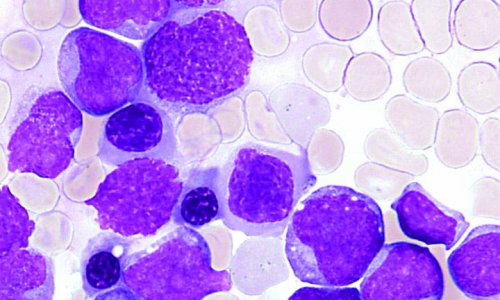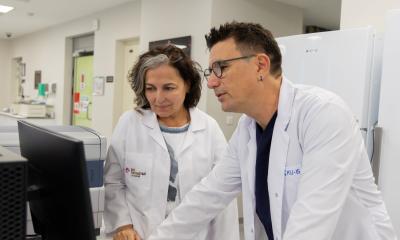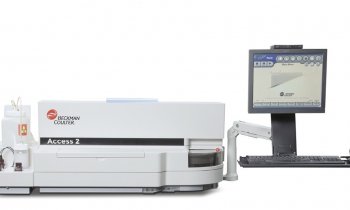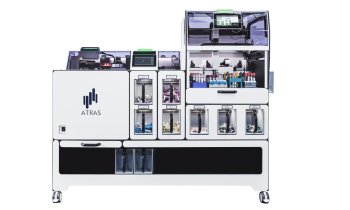News • Blood cancer
Mapping bone-marrow microenvironment sheds fresh light on leukaemia
The environment that protects and regulates the stem cells in body tissues is called the stem-cell niche and consists, in part, of a type of structural tissue called the stroma. The stroma has not yet been fully characterised and only a few specific stromal cell types have been described.
Researchers at Karolinska Institutet and their colleagues David Scadden at Harvard University and Aviv Regev at Broad Institute have now studied and described the mouse bone-marrow stroma and how it changes in the presence of leukaemia. Their results are published in the journal Cell.
Complete characterisation
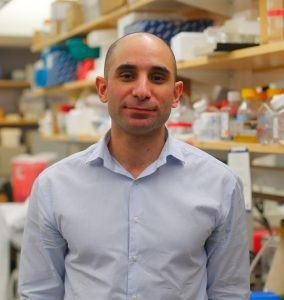
“We have made a unique and complete characterisation of the cells of the bone-marrow stroma, which turns out to be more complex than previously anticipated,” says corresponding author Ninib Baryawno, assistant professor at the Department of Women’s and Children’s Health, Karolinska Institutet. He began the project as a postdoc at Harvard University and concluded it at Karolinska Institutet.
The study is based on the single-cell analysis technique, which makes it possible for scientists to study individual cells and characterise them to a high level of detail. In the mouse bone-marrow stroma, the researchers found 17 different cell populations, which they could break down into a number of unique cell types. “We found over 30 cell types with different functions in the bone-marrow microenvironment,” says Dr Baryawno.
Changes in the microenvironment
Cancer cells change stroma on several levels, both cellular and molecular, which suggests that the treatment of leukaemia must target several fronts
Ninib Baryawno
By using a mouse model that develops acute myeloid leukaemia (AML), the researchers were able to examine how the disease changes the bone-marrow microenvironment. One finding was that the bone stem cells and the production of stem-cell factors for haematopoiesis (blood development) are blocked during the development of the disease. “Our work provides empirical corroboration for how cancer cells communicate with specific stromal cells to corrupt normal tissue function and to enable tumour growth,” he continues. “It also provides insight into how cancer cells change stroma on several levels, both cellular and molecular, which suggests that the treatment of leukaemia must target several fronts.”
Source: Karolinska Institutet
26.05.2019



